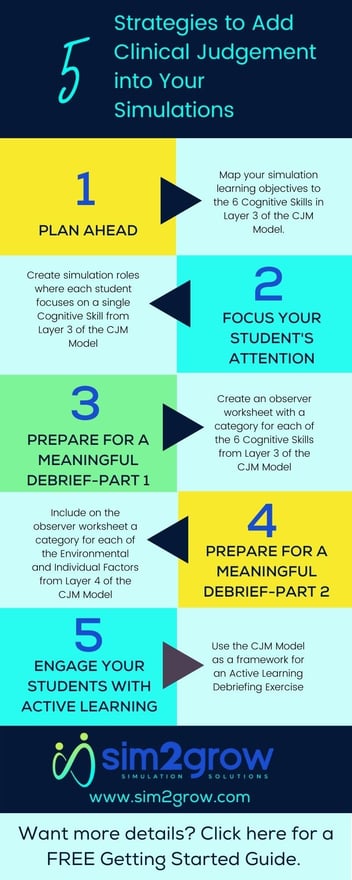Part 1: Recognizing Struggle Early in the Nursing Classroom
We’ve all had that moment — scanning the room mid-lecture and catching a student’s blank stare, realizing they’re physically present but mentally miles away. In nursing education, those moments matter. The classroom is where foundational understanding begins, and if a student is slipping here, it often snowballs into skill lab struggles and clinical underperformance later on.
As fellow educators, we know the stakes are high. Nursing content builds fast, and students who quietly drift behind rarely catch up without intentional support. The good news? With a little observation and structured intervention, we can often change the trajectory long before grades tell the story.
Recognizing the Early Classroom Cues
Struggles in the didactic setting usually show up in subtle, consistent ways before test scores dip. Here are a few early indicators to watch for:
- Passive engagement. Students who stop taking notes, stop asking questions, or never volunteer in discussions might be quietly overwhelmed.
- Surface-level understanding. When prompted, they can recite definitions but struggle to connect concepts — for example, explaining what congestive heart failure is but not why certain interventions are prioritized.
- Inconsistent attendance or tardiness. Sometimes it’s life stressors, but other times it signals avoidance — the content feels too heavy, or they’ve already lost confidence.
- Frequent “test anxiety” claims. While anxiety is real, it’s often a flag that deeper conceptual confusion exists beneath the surface.
You don’t need to wait until mid-semester to confirm your hunch. Paying attention to these cues gives you a chance to step in early — when learning gaps are still manageable.
Building an Environment That Invites Honesty
Let’s face it — nursing students often feel they have to project competence at all times. Admitting “I don’t get it” can feel like admitting they don’t belong. That’s why our classroom culture can make or break early intervention.
A few ways to open the door:
- Start each class with a “muddiest point” check-in. Ask students to jot down the concept that’s most confusing from the last lecture. Collecting these anonymously helps you see patterns and adjust teaching accordingly.
- Normalize struggle. Share times when you misunderstood a topic in nursing school or had to re-learn something in practice. It shows that mastery is a process.
- Follow up quietly. A quick “I noticed you seemed a little lost today — want to chat for five minutes after class?” can make all the difference.
Intervening Before the Exam
When you’ve identified a student who’s starting to flounder, think of interventions as triage — targeted, compassionate, and fast.
- Concept mapping sessions. Help students visualize how disease processes connect to nursing interventions. It reinforces clinical reasoning while keeping the focus academic.
- Weekly micro check-ins. A five-minute chat or email can provide accountability and reassurance. It also signals that you’re invested in their success.
- Formative quizzes or low-stakes practice questions. These reduce the fear factor and give you insight into comprehension before high-stakes testing.
- Connect them to peer study groups. Sometimes learning “student-to-student” feels safer, and peers can reframe complex ideas in relatable language.
- Encourage active review. Flashcards and re-reading notes aren’t enough — teach them to apply knowledge using case studies or NCLEX-style practice questions.
Why It Matters in Nursing Education
In nursing, theory isn’t abstract — it’s the mental foundation for safe clinical decision-making. When students don’t fully grasp core concepts in class, the consequences ripple outward. Knowledge gaps in pathophysiology or pharmacology, for example, can compromise their ability to think critically in the lab and simulation later on.
That’s why catching classroom struggles early isn’t just about improving test scores — it’s about patient safety and professional readiness. Every student we support now represents one more confident, competent nurse in the future workforce.
Final Thoughts
We know our students juggle more than ever: jobs, families, mental health, and the relentless pace of nursing school. As educators, we can’t remove every obstacle — but we can make sure they don’t face them alone.



